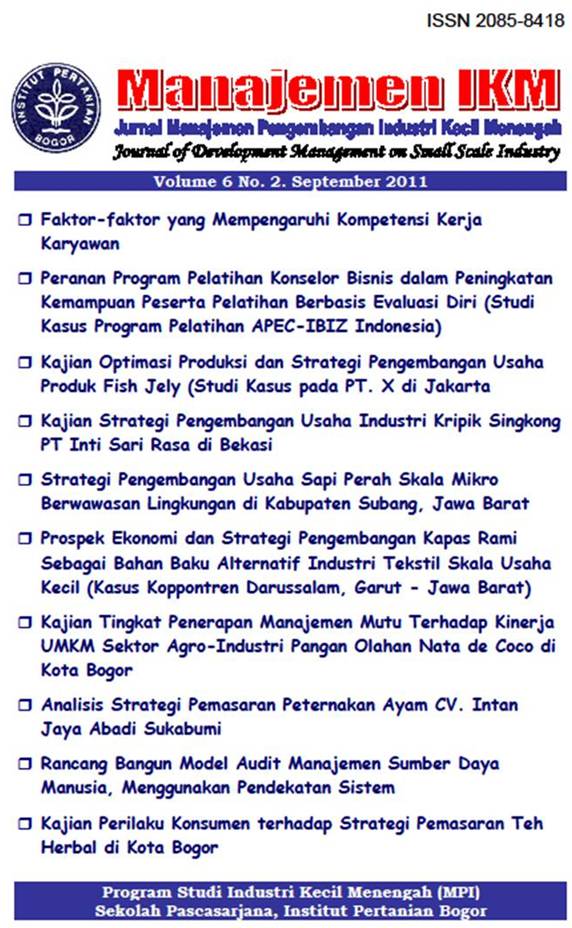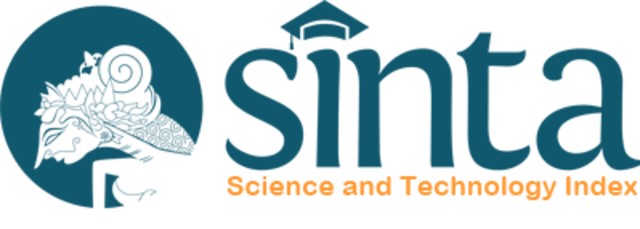Rancang Bangun Model Audit Manajemen Sumber Daya Manusia, Menggunakan Pendekatan Sistem
Keywords:
assessment, audit model, FGD, HRM, ISM, SAST, verification
Abstract
The purpose of this study is to design an audit model for Human Resource Management (HRM), using soft system methodology (SSM). The study was conducted in two stages. The first stage is designing an audit model, using Strategic Assumption Surfacing and Testing (SAST), and Interpretative Structural Modeling (ISM), through Focus Group Discussion (FGD). The SAST technique was used, involving some experts through FGD, for identification and ranking of assumptions of the HRM audit model. The ISM technique was used to identify the relationship between elements and structure of the HRM audit program. The second stage was verification of the model through a trial audit, which was done in two phases. The first phase was establishment of FGD, involving some senior/managerial staff to prepare a set of customized audit devices (questionair, techniques, etc), with reference of the designed model of HRM audit. The second phase was application of developed assessment devices by the respondents. The selected topic for the trial audit was corporate culture. The approaches used in the trial audit were self assessment, importance-performance analysis (IPA) and perception survey. The output of this study is a model of HRM audit for application in a manufacturing company. This study has a limitation, because both the design and verification processes involved experts only from one company respectively, and the trial audit was done partially. The output of this study therefore shall have to be further verified if the model is to be applied extensively in other types of organization, like government bodies and non-commercial sectors. The preposition of this study, that application of the audit model resulted from this study will enhance the effectiveness of HRM and eventually enhance the effectiveness of organization, has been proven to be partially true. The perception survey of the model users (n=30), indicated the means of: importance (3.8), usefulness ( 4.3), practicality( 3.2), feasibility (3), dan recommendation (4).Downloads
Download data is not yet available.
How to Cite
SusiloW., Eriyatno-, AffandiM. J., & GoenawanD. A. (1). Rancang Bangun Model Audit Manajemen Sumber Daya Manusia, Menggunakan Pendekatan Sistem. MANAJEMEN IKM: Jurnal Manajemen Pengembangan Industri Kecil Menengah, 6(2), 74-84. https://doi.org/10.29244/mikm.6.2.74-84
Section
Vol. 6 No. 2











